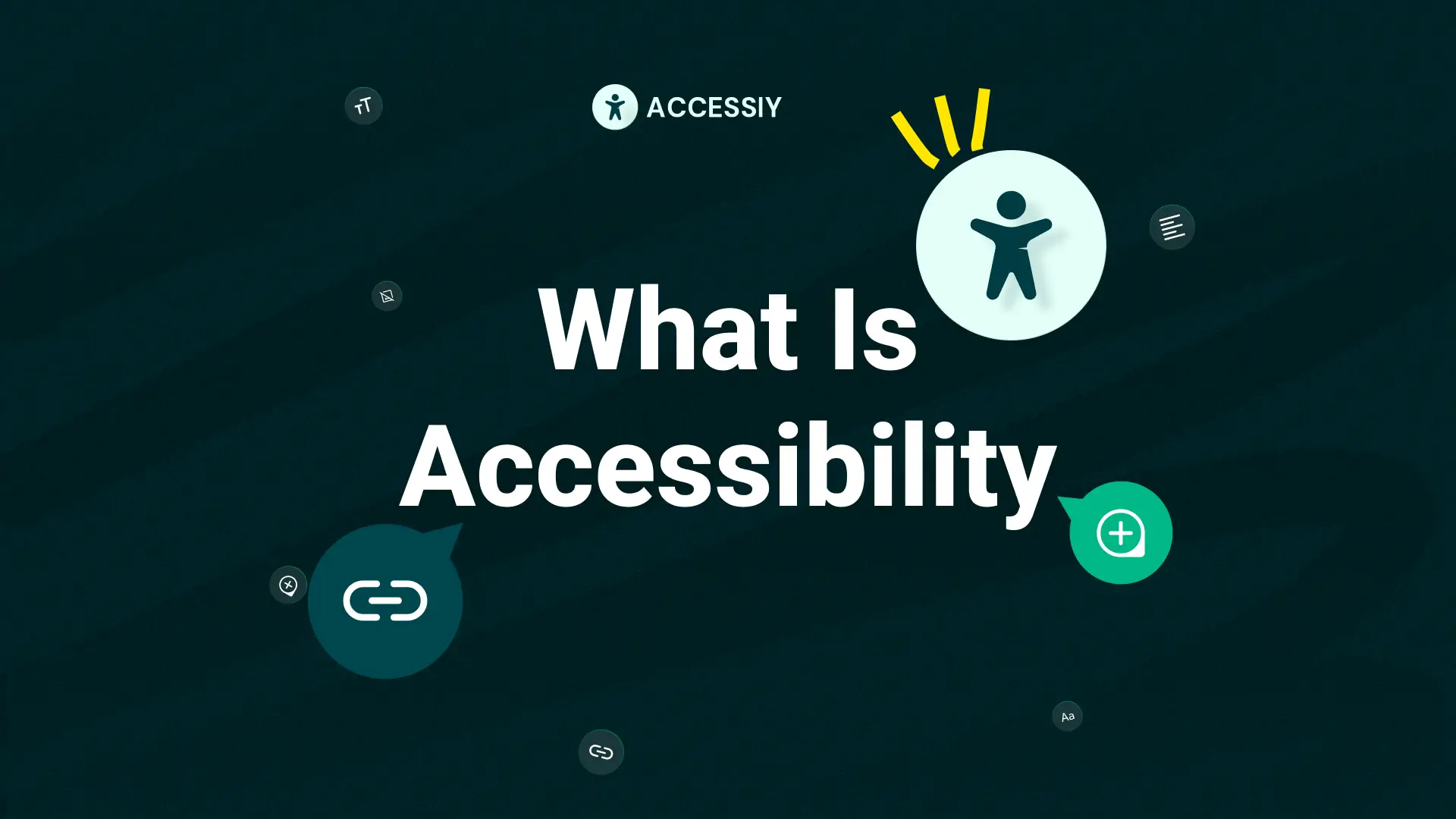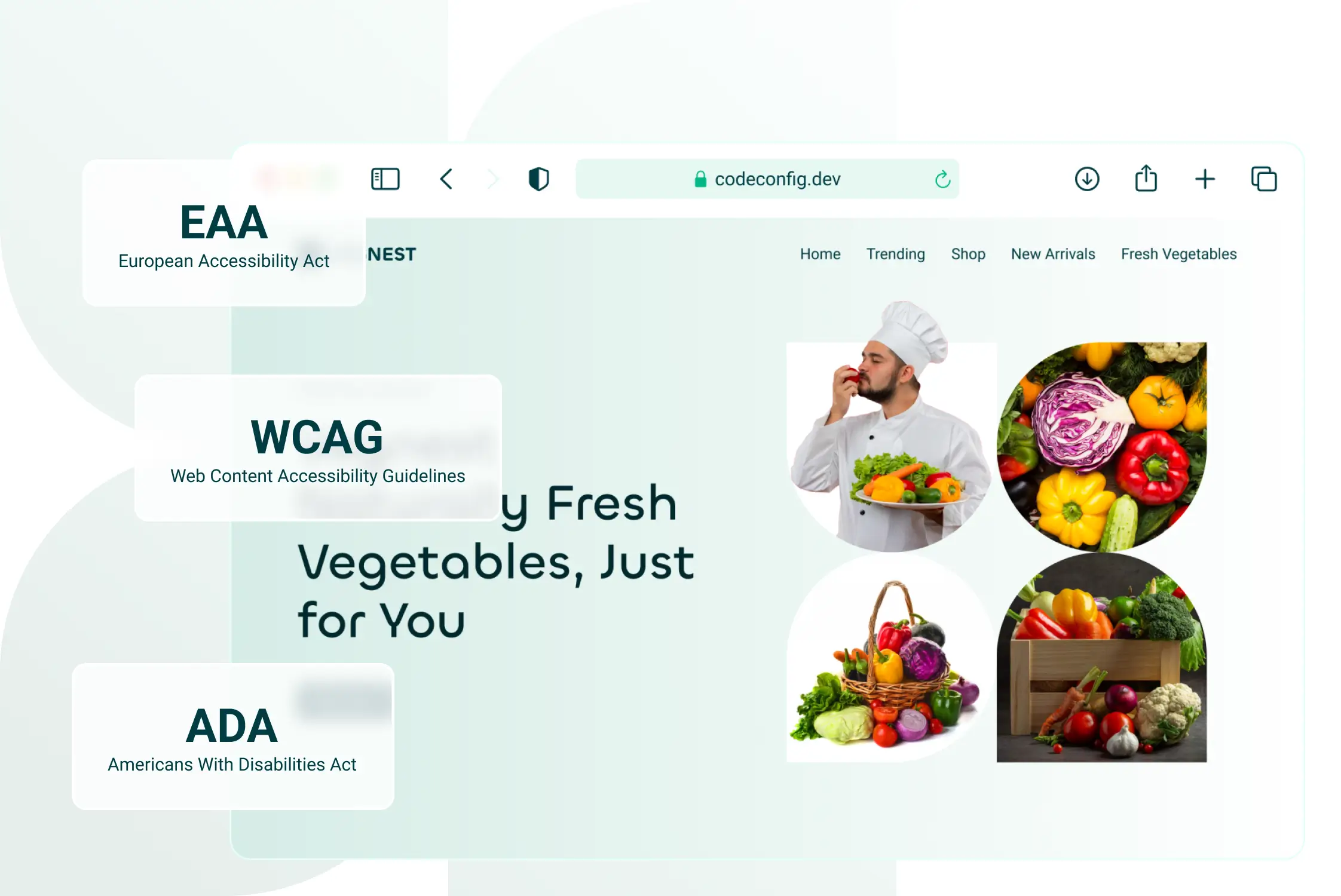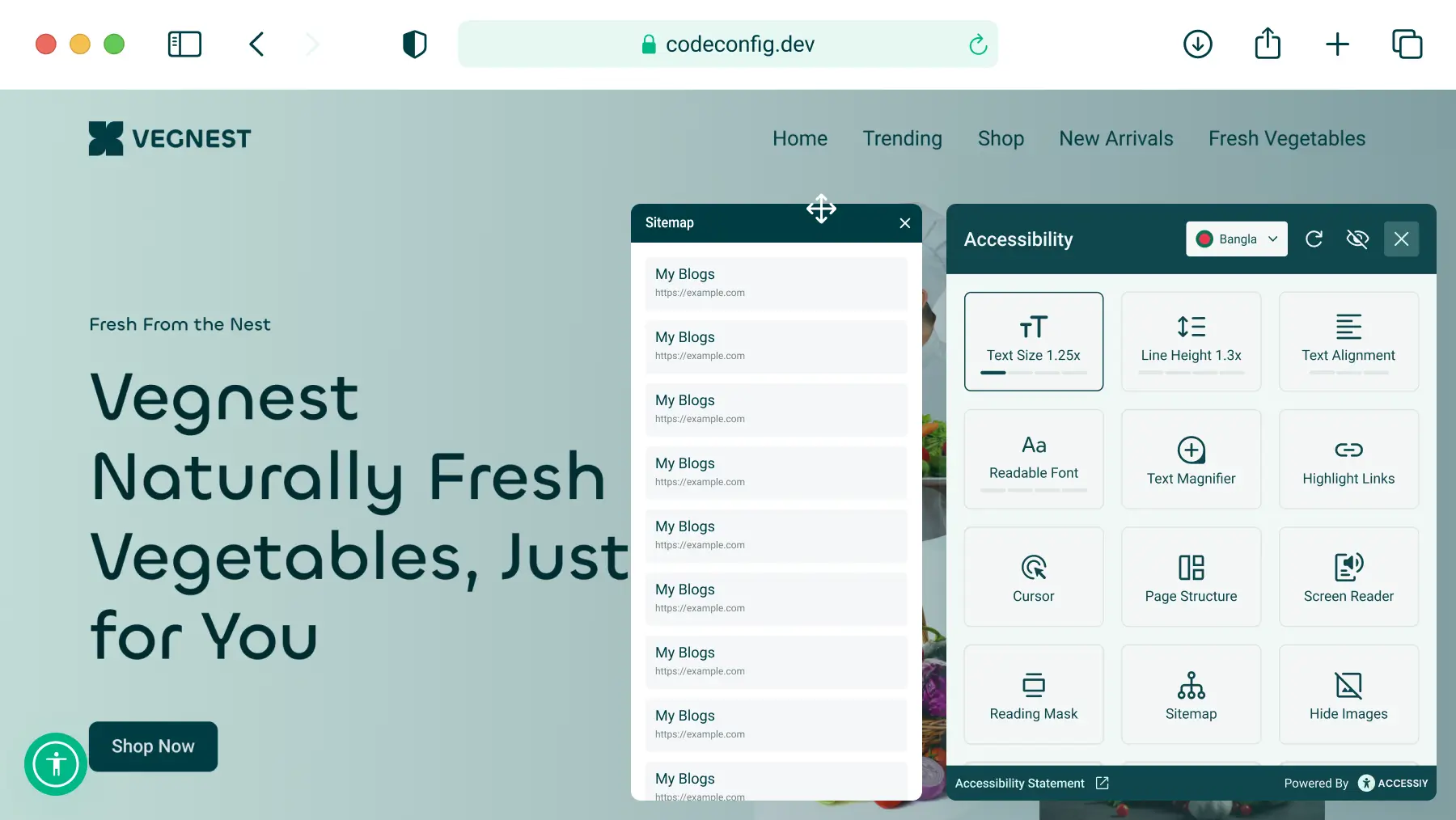


To answer what is accessibility, it’s the practice of ensuring that products, services, environments, and digital experiences are usable by as many people as possible, regardless of their abilities or disabilities. Often abbreviated as a11y (where the “11” represents the 11 letters between the “a” and “y”), accessibility is a fundamental aspect of inclusive design, aiming to remove barriers that prevent individuals from fully participating in society. Whether in physical spaces, digital platforms, or everyday products, what is accessibility about? It ensures that everyone—regardless of physical, sensory, or cognitive limitations—can engage meaningfully with the world around them.
In this blog, we’ll delve into the concept of accessibility, its importance, principles, types, real-world applications, and the impact it has on both individuals and society. By the end, you’ll have a clear understanding of accessibility and how to incorporate it into various contexts, from web design to public spaces.
At its core, what is accessibility? It refers to designing systems, environments, products, or services so that they are usable by people with a wide range of abilities and disabilities. This includes individuals with visual, auditory, motor, cognitive, or neurological impairments, as well as those with temporary or situational limitations (e.g., a broken arm or a noisy environment).
Accessibility is not just about compliance with laws or standards; it’s about empathy and inclusion. It recognizes that people experience the world differently and seeks to create equitable opportunities for everyone to participate. Accessibility is often associated with disability, but its benefits extend to all users, including older adults, non-native language speakers, and those using assistive technologies. Learn more about inclusive design.

Understanding what is accessibility involves recognizing its various domains, including:

What is accessibility, and why does it matter? Accessibility is both a moral and practical necessity. Here’s why it matters:
Approximately 15% of the global population—over 1 billion people—live with some form of disability, according to the World Health Organization (WHO). By prioritizing accessibility, we ensure that these individuals can access education, employment, healthcare, and entertainment on equal terms. Accessibility fosters a sense of belonging and reduces discrimination.
Many countries have laws mandating accessibility, such as the Americans with Disabilities Act (ADA) in the United States, the Accessibility for Ontarians with Disabilities Act (AODA) in Canada, and the Web Content Accessibility Guidelines (WCAG) globally. Failing to comply can result in legal repercussions, but beyond that, accessibility reflects an ethical commitment to fairness and human rights. See our WCAG compliance guide.

Accessible design often improves the user experience for all. For example:
Businesses that prioritize accessibility tap into a larger market, improve customer satisfaction, and enhance their brand reputation. Inaccessible websites or products can alienate potential customers, while accessible ones build loyalty and trust. Additionally, accessibility can boost search engine optimization (SEO), as search engines favor well-structured, accessible websites.
Read More: One-Click Accessibility Plugin For WordPress

The Web Content Accessibility Guidelines (WCAG), developed by the World Wide Web Consortium (W3C), provide a global standard for digital accessibility. These guidelines are organized around four core principles, often summarized as POUR, which help clarify what is accessibility in digital contexts:
These principles apply not only to digital accessibility but also to broader contexts like architecture, product design, and communication.

What is accessibility in terms of addressing diverse needs? It covers a variety of disabilities and limitations, including:
Designed for individuals with blindness, low vision, or color blindness.
Designed for individuals who are deaf or hard of hearing.
Designed for individuals with mobility impairments or limited dexterity.
Designed for individuals with cognitive disabilities, learning disorders, or neurological conditions like autism or epilepsy.
Designed for temporary or situational limitations, such as a broken arm, poor lighting, or a noisy environment.


Whether you’re a designer, developer, business owner, or policymaker, here are actionable steps to incorporate what is accessibility into your work:
Conduct user research to identify the needs of your target audience, including those with disabilities. Engage with diverse communities to understand their challenges and preferences.
Adhere to guidelines like WCAG 2.1 or Section 508 for digital accessibility. For physical spaces, comply with local regulations like the ADA or equivalent standards in your region.
Involve people with disabilities in usability testing. Use assistive technologies like screen readers (e.g., JAWS, NVDA) or magnifiers to evaluate your product’s accessibility.
Educate designers, developers, and content creators about accessibility best practices. Foster a culture of inclusion within your organization.
Accessibility is an ongoing process. Regularly audit your products or services for accessibility issues using tools like WAVE, Lighthouse, or axe, and make improvements based on feedback.
Despite its importance, implementing what is accessibility can face challenges:
However, these challenges are outweighed by the long-term benefits of accessibility, including improved user satisfaction and broader market reach.
As technology evolves, so does the potential for accessibility. Emerging trends include:
By embracing these trends, we can create a world where accessibility is seamlessly integrated into every aspect of life. Explore future accessibility trends.
What is accessibility? It’s more than a checklist or legal requirement—it’s a commitment to creating a world where everyone can participate fully and independently. By understanding the principles of accessibility, addressing diverse needs, and implementing inclusive practices, we can build products, services, and environments that empower all individuals.
Whether you’re designing a website, constructing a building, or creating content, accessibility should be at the forefront of your approach. Start small, educate yourself and your team, and take steps toward a more inclusive future. Together, we can make the world a more accessible place for everyone.
What is accessibility? It’s the practice of designing products, services, and environments to be usable by people with diverse abilities, including those with disabilities. This includes digital platforms (e.g., websites with screen reader support), physical spaces (e.g., ramps), and communication (e.g., captions). Learn more in our What Is Accessibility? section.
Accessibility ensures inclusivity, allowing businesses to reach a wider audience, including the 15% of the global population with disabilities. It enhances customer satisfaction, boosts brand reputation, and improves SEO, as search engines favor accessible websites. See details in Business Advantages.
Digital accessibility follows the WCAG’s POUR principles: Perceivable, Operable, Understandable, and Robust. These ensure content is accessible to all users, regardless of sensory or motor abilities, using tools like alt text and keyboard navigation. Explore more in Principles of Accessibility.
Dive into our top-rated plugins that make your work smoother and better! Upgrade your experience with ease and creativity.
We use cookies for a better experience with relevant content and suggestions. Learn more
Written By
Ahanaf Istiyad
Hey, I'm Istiyad! As a UI/UX and product designer, I’m passionate about building sleek, user-friendly experiences that make navigating digital products feel effortless and fun!
Express Your Opinion